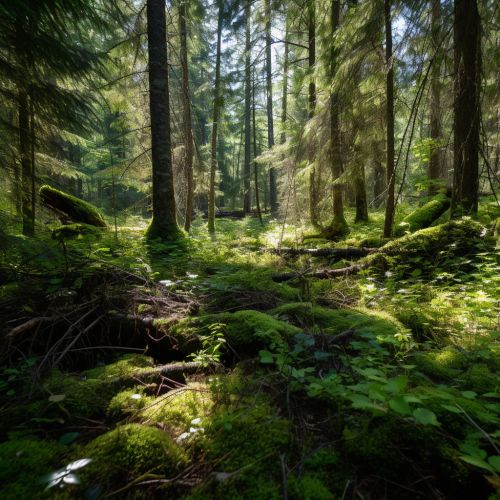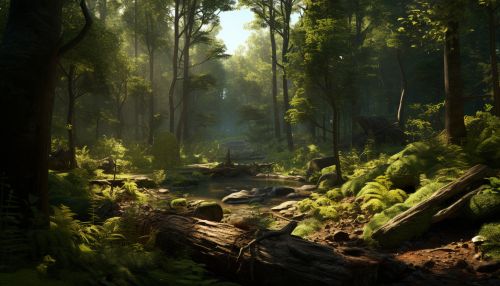Forest Restoration
Introduction
Forest restoration is the process of returning a degraded or deforested forest landscape back to its original state, or as close as possible to its pre-disturbed condition. This involves the reintroduction of native plant and animal species, the rebuilding of the forest's structure, and the restoration of its ecological processes. Forest restoration is a critical component of conservation biology, ecology, and environmental science.
The Need for Forest Restoration
Forests play a crucial role in the global ecosystem. They provide habitat for a vast array of species, act as a major carbon sink, and contribute to the livelihoods of many communities. However, due to human activities such as logging, agriculture, and urbanization, forests around the world have been severely degraded or completely destroyed. This has resulted in a loss of biodiversity, increased carbon emissions, and a decline in the quality of life for many people. Forest restoration is therefore an urgent necessity.


Principles of Forest Restoration
Forest restoration is guided by several key principles. These include:
- Ecological Integrity: The goal of forest restoration is to restore the forest's ecological integrity, which includes its structure, composition, and function. This involves reintroducing native species, rebuilding the forest's physical structure, and restoring its ecological processes.
- Sustainability: Forest restoration should be sustainable in the long term. This means that the restored forest should be able to maintain itself without ongoing human intervention.
- Resilience: The restored forest should be resilient to disturbances such as fires, pests, and climate change.
- Biodiversity: Forest restoration should aim to maximize biodiversity. This includes not only the diversity of species, but also the diversity of genes within species and the diversity of ecosystems within the forest.
Techniques of Forest Restoration
There are several techniques that can be used in forest restoration, including:
- Reforestation: This involves planting trees in areas where forests have been cut down. This can be done manually, or by using techniques such as aerial seeding.
- Natural Regeneration: This involves allowing the forest to recover naturally, without human intervention. This can be a slow process, but it can also be more successful in the long term, as it allows the forest to develop its own unique structure and composition.
- Assisted Natural Regeneration: This involves helping the forest to recover naturally, by removing barriers to natural regeneration such as invasive species or grazing animals.
- Agroforestry: This involves integrating trees into agricultural systems, which can help to restore forest cover while also providing benefits for farmers.
Challenges in Forest Restoration
Forest restoration is not without its challenges. These include:
- Ecological Succession: Forests are complex ecosystems that develop over long periods of time. It can be difficult to recreate this complexity in a short period of time.
- Invasive Species: Invasive species can outcompete native species and disrupt the restoration process.
- Climate Change: Climate change can make it more difficult to restore forests, as it can alter the conditions that the forest is adapted to.
- Socio-Economic Factors: Forest restoration can be expensive, and it can be difficult to secure the necessary funding. There can also be conflicts between forest restoration and other land uses, such as agriculture or urban development.
Case Studies
There have been many successful forest restoration projects around the world. These include:
- The Atlantic Forest Restoration Pact in Brazil, which aims to restore 15 million hectares of Atlantic Forest by 2050.
- The Billion Tree Tsunami in Pakistan, which has planted over a billion trees in the province of Khyber Pakhtunkhwa.
- The Great Green Wall in Africa, which aims to restore degraded land across the width of Africa.
